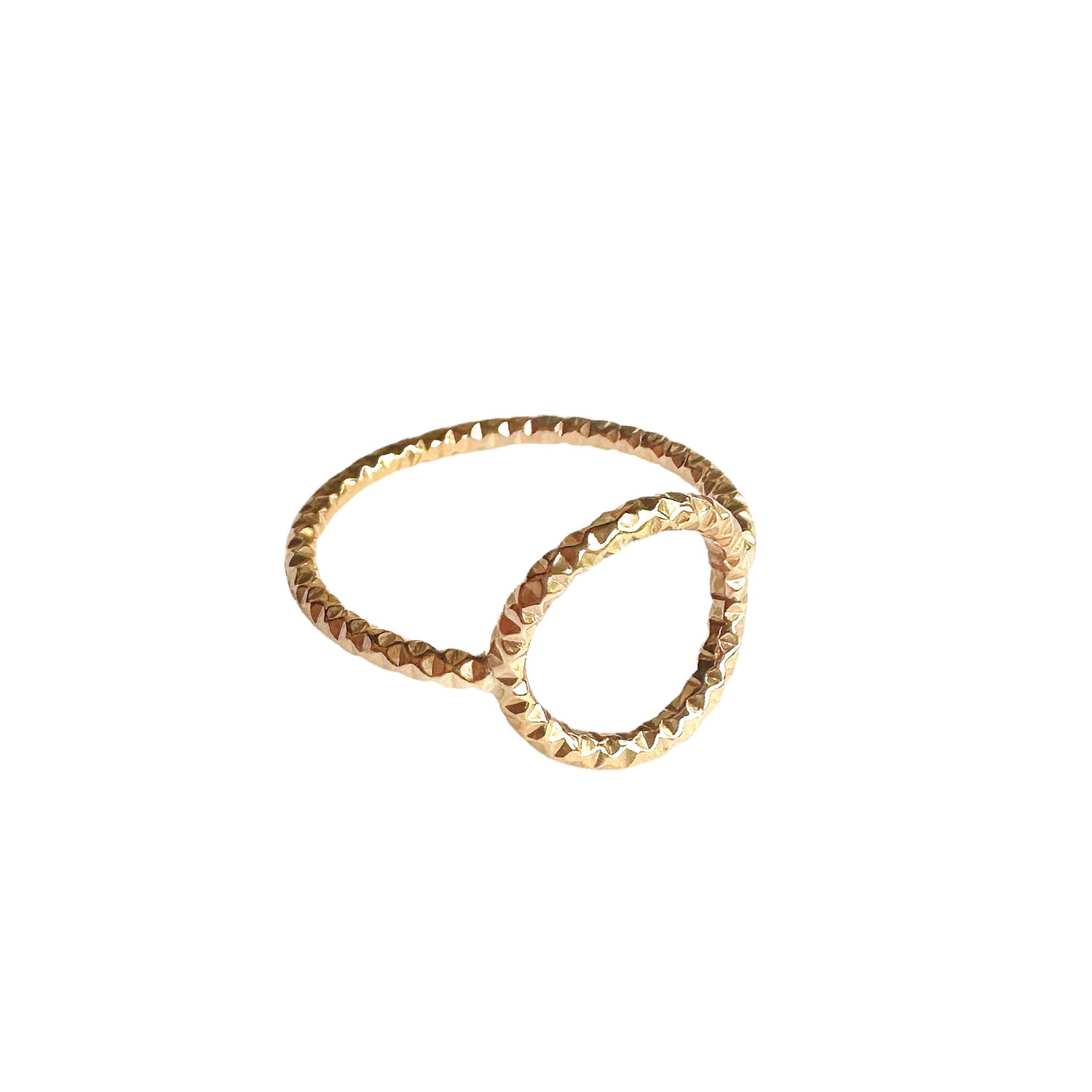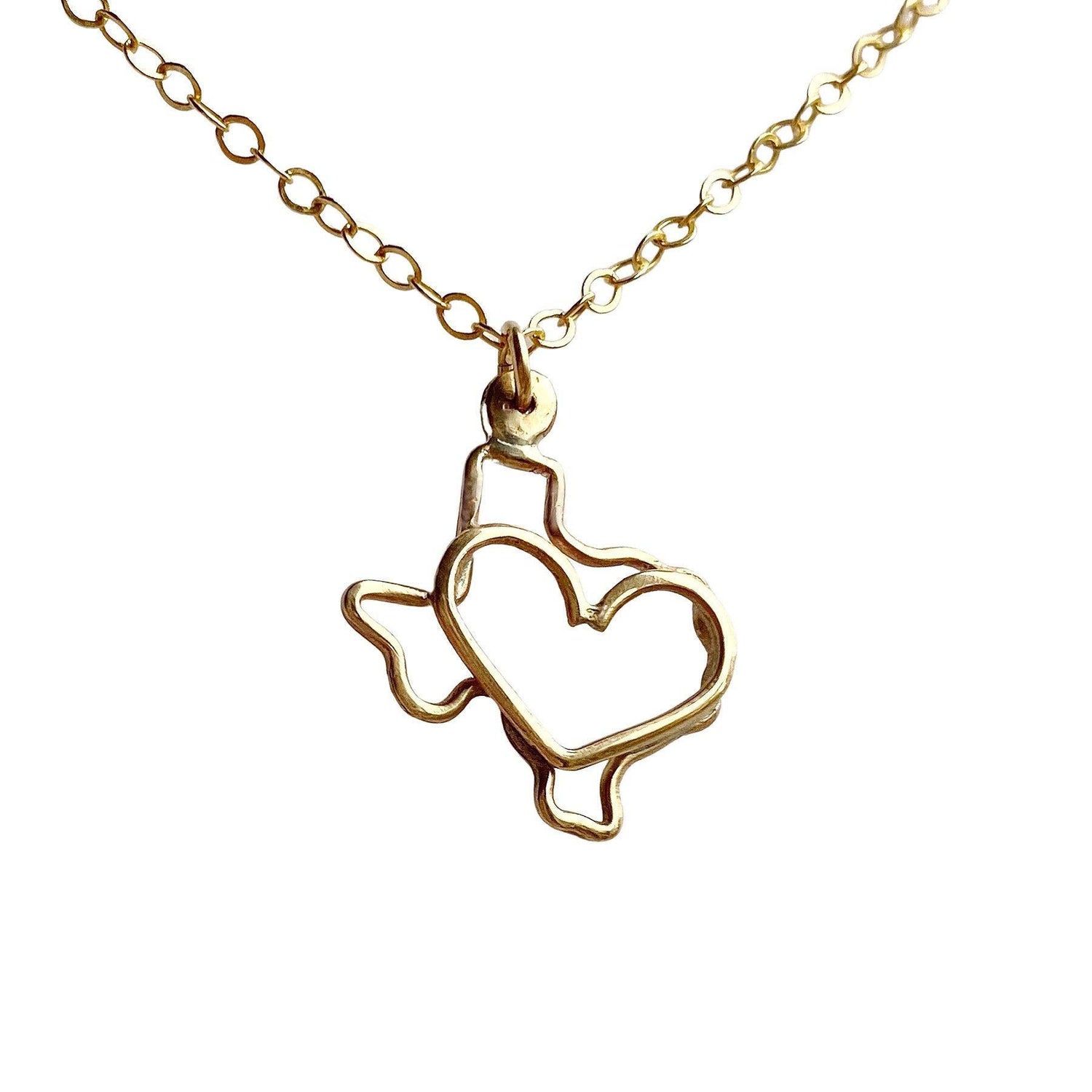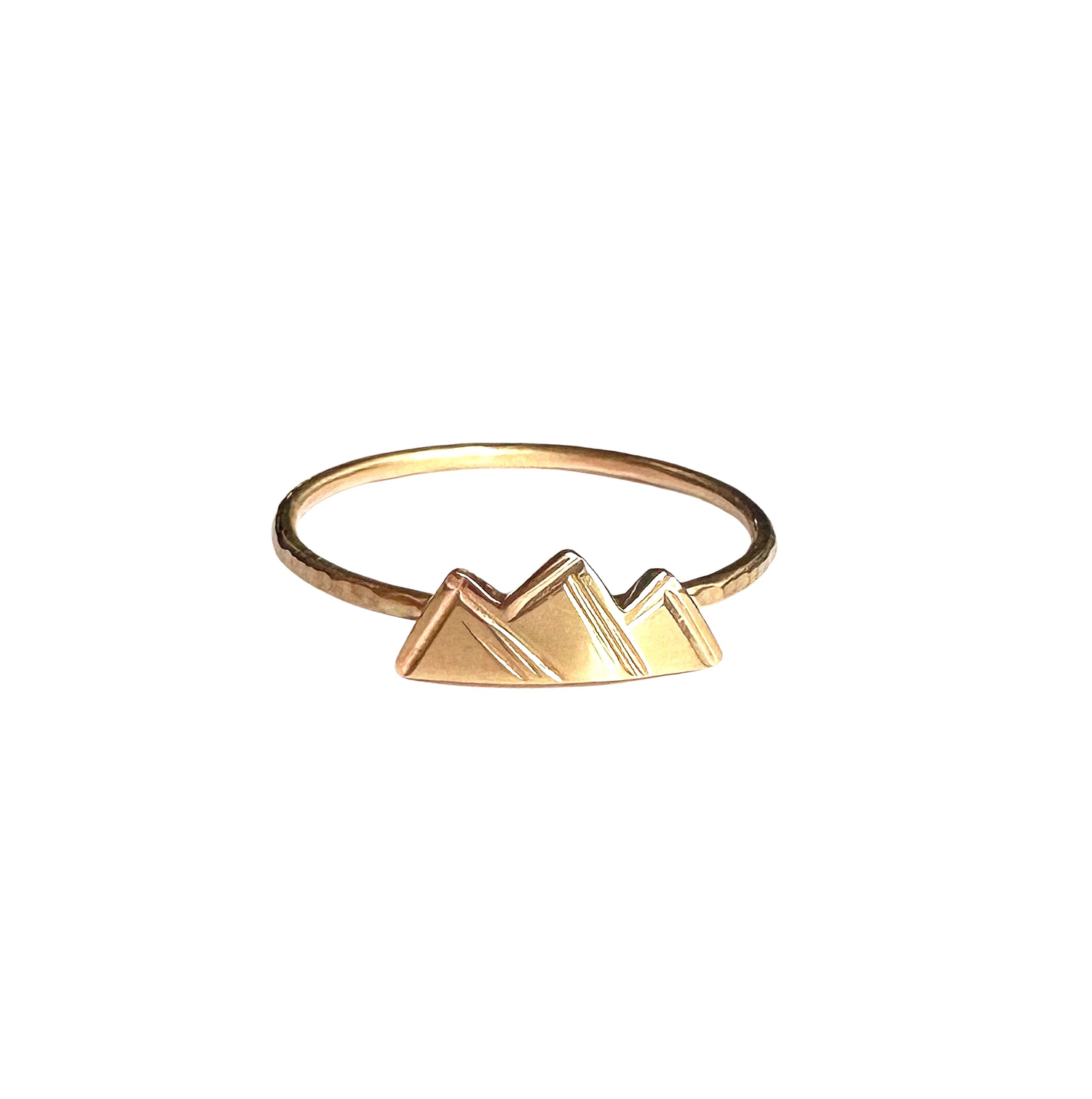The History of Enamel Jewelry: Ancient Craft, Modern Art
As soon as I returned from my trip to Italy last June I knew I had to find a way to incorporate color into my jewelry designs.
Enter: the vibrant world of enameling. Where the strength of metal marries the colorful hues of enamel for a long lasting lovely life together ☺️.

("Painted" Hearts by Julie Godsey)
Ok let's dive in!
Enamel jewelry has a rich and fascinating history that spans centuries and continents. This ancient craft has evolved over time, blending artistry and innovation to create stunning pieces that are as timeless as they are beautiful. Today, I’m excited to share a glimpse into the origins of enameling, how it’s made, and why it continues to inspire my own jewelry designs.
The Ancient Origins of Enamel Jewelry
Enameling dates back thousands of years, with its earliest known origins in ancient Mesopotamia around the 13th century BCE. Archaeologists have discovered enamel artifacts such as rings, beads, and decorative plaques that showcase the ingenuity of these early craftspeople. How cool is that?! The technique quickly spread to other ancient civilizations, including Egypt, Greece, and the Celtic tribes of Europe.

(Image has been AI generated, accuracy is questionable but hey they didn't have cameras back then so it's fun to get a glimpse even if it's not 100% accurate!)
What Types of Pieces Were Popular?
In ancient Egypt, enamel was used to create intricate inlays for jewelry, ceremonial objects, and amulets. These pieces often featured vibrant colors like deep blues and greens, symbolizing life and fertility. The Greeks and Romans embraced enamel for adorning gold and silver jewelry with bold, geometric patterns and mythical motifs, while the Celts used enameling to decorate weapons and brooches, highlighting their unique artistic style.

So what exactly is enameling anyway?
Enameling involves fusing powdered glass to a metal surface through intense heat. This process creates a smooth, durable, and glossy finish that can range from opaque to translucent. Ancient enameling techniques included:
-
Cloisonné: Thin metal wires formed compartments (cloisons) that were filled with enamel powder and then fired, creating intricate patterns.
-
Champlevé: Artisans carved or engraved recesses directly into the metal surface and filled them with enamel.
-
Granulation: Though not true enameling, this technique combined with enamel created stunning, textured surfaces by fusing tiny metal granules to the base.
Enamel Through the Ages
Over the centuries, enameling evolved alongside advances in metalwork and design. Here’s a glimpse at how enameling flourished in different periods:
-
Ancient Mesopotamia and Egypt: Enamel was closely associated with status and spirituality, often used in burial goods and religious artifacts.
-
Roman Empire: Enamel’s vibrant colors adorned rings, brooches, and medallions, symbolizing wealth and power.
-
Celtic Tribes: Enamel added color and life to their ornate weaponry and jewelry, reflecting their bold artistic style.

(AI generated image)
Why Enamel Inspires My Work?
As a jeweler, I’m endlessly fascinated by the history and versatility of enamel. Its ability to add depth, texture, and color to a piece resonates deeply with my creative process. In my own designs, I often draw on traditional enameling techniques while incorporating a modern twist, blending ancient craftsmanship with contemporary aesthetics.
For example, my Shield of Armor collection features enamel accents that symbolize resilience and strength. The vibrant colors and durable finish pay homage to the historical roots of enameling while celebrating its enduring appeal.
Enamel jewelry is more than just a decorative art—it’s a testament to centuries of craftsmanship and creativity. From the ancient furnaces of Mesopotamia to modern studios, this versatile technique continues to captivate and inspire.
If you’re as enchanted by enamel as I am, explore my latest enamel designs. Each piece carries a bit of history and a lot of heart, making it a meaningful addition to your collection.
What do you love most about enamel jewelry?
Share your thoughts in the comments below or tag me on Instagram @juliegodseyjewelry.
Let’s celebrate this timeless art together!





1 comment
It’s cool af cuh